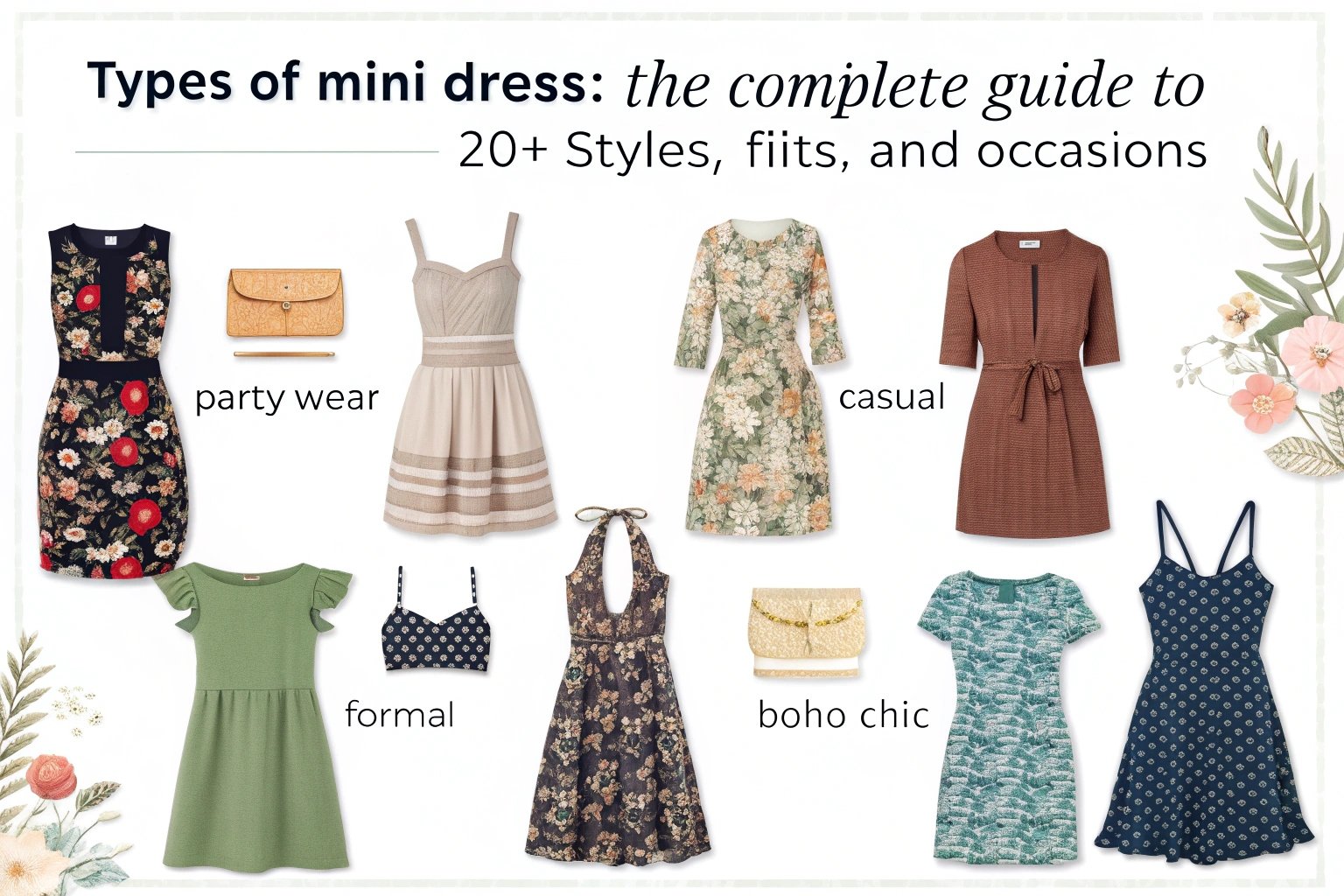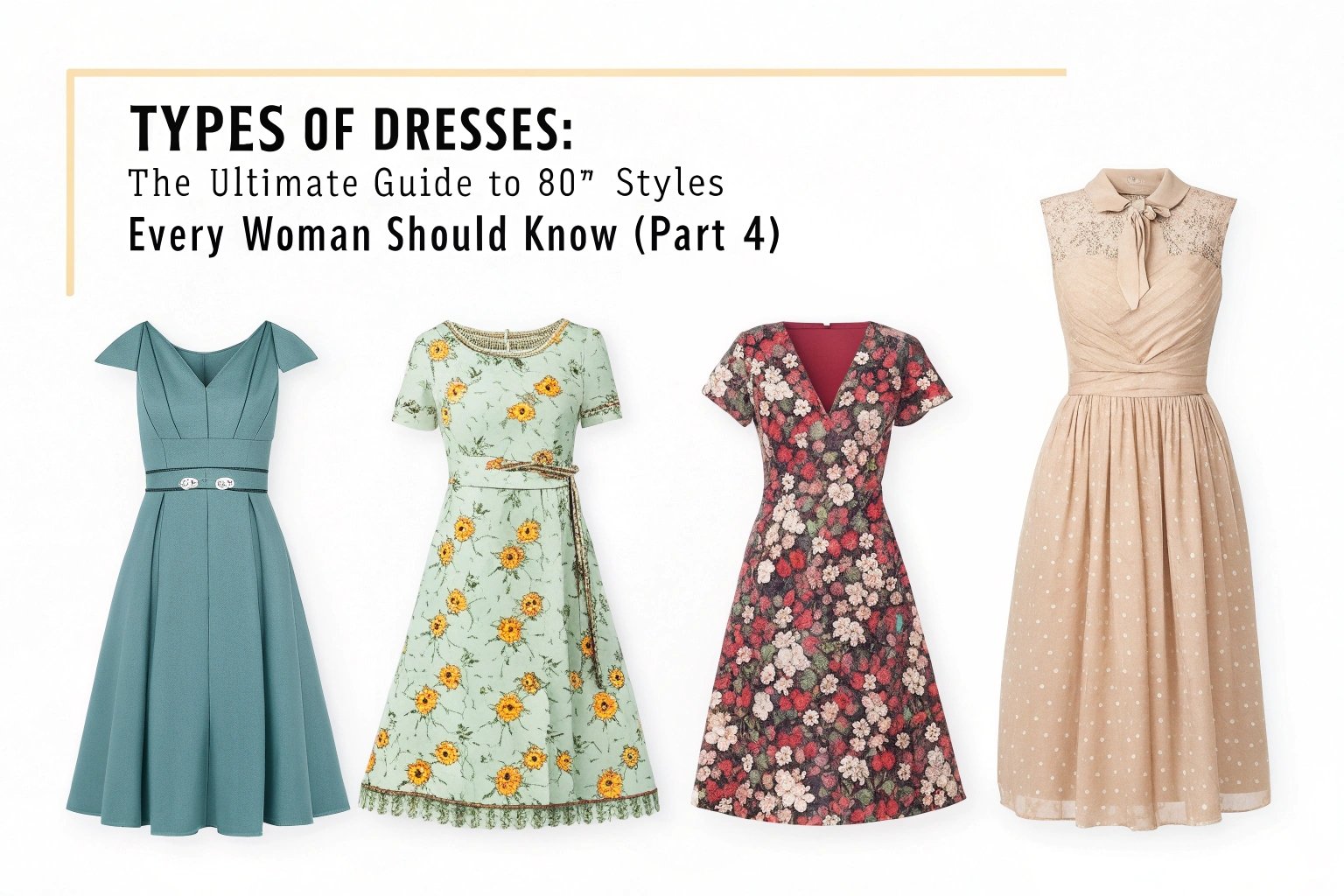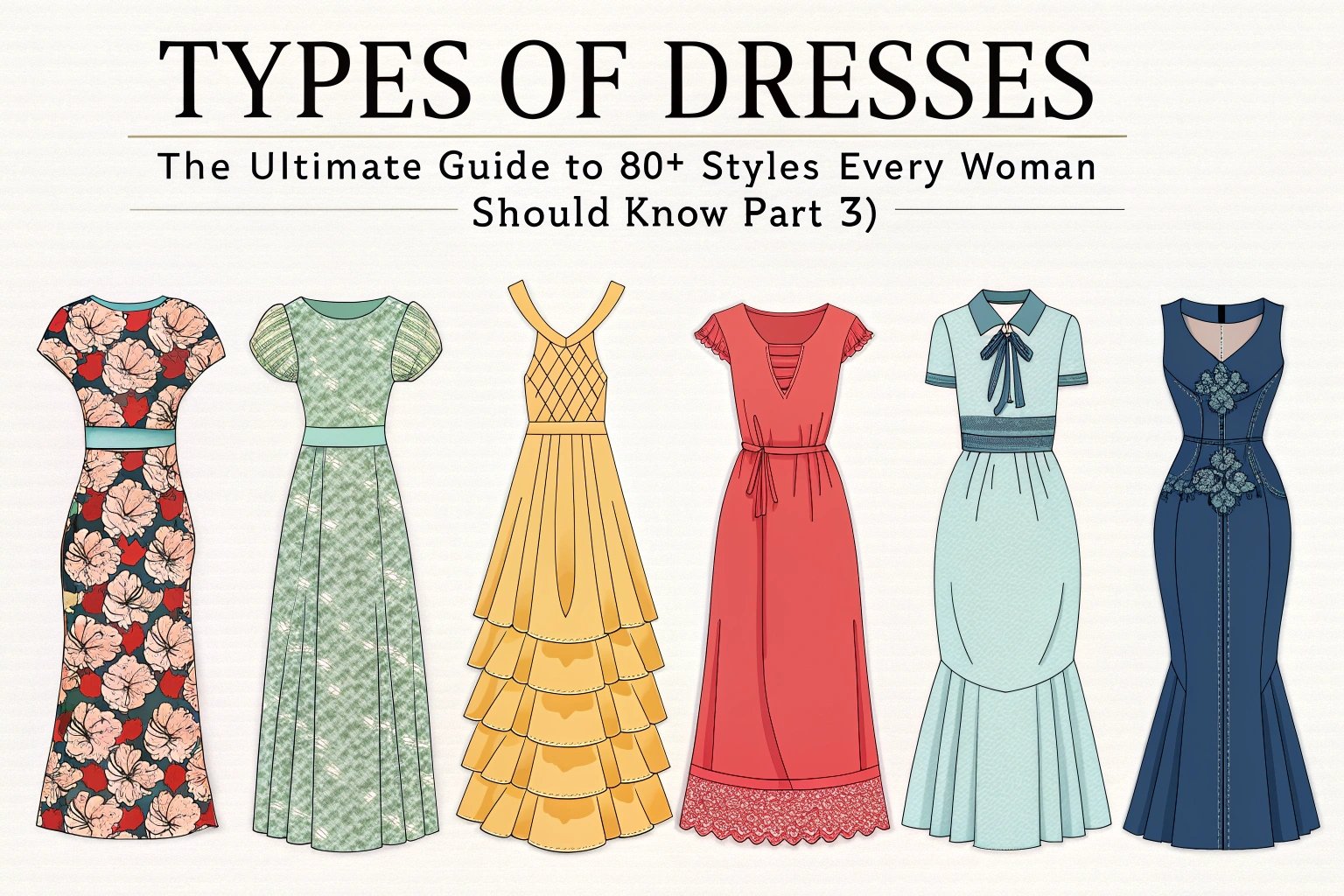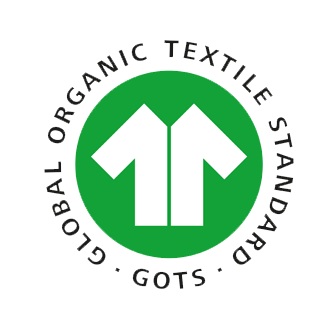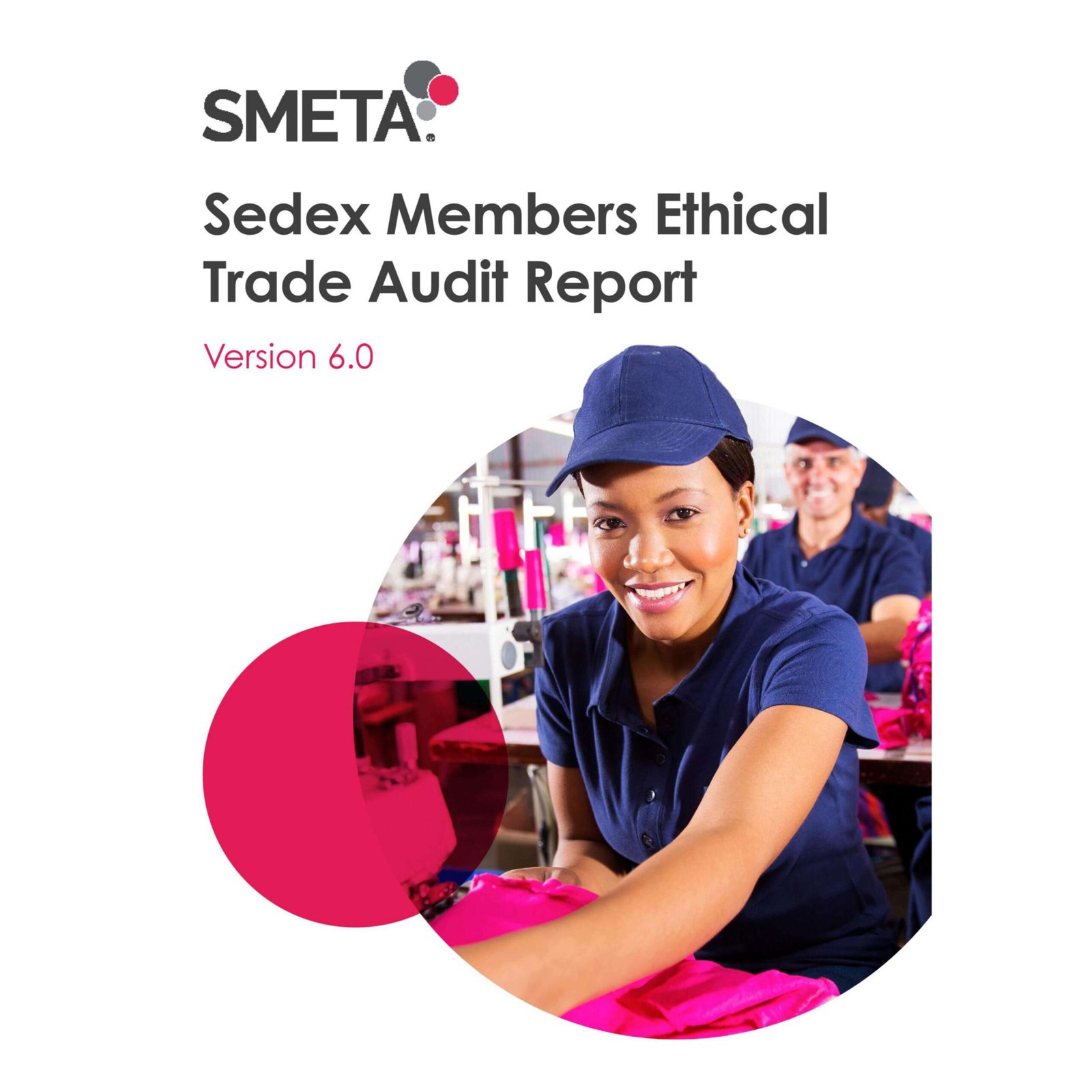Buying the perfect dress often sounds easy—until you hear terms like “bespoke” and “custom-made.” Suddenly, things get confusing.
“Bespoke” refers to a dress made entirely from scratch to a client’s exact specifications, while “custom-made” can include pre-designed garments tailored to fit the customer.
The difference matters if you’re sourcing high-end dresses or collaborating with a supplier. Here’s how I explain it to clients and buyers.

Is custom-made the same as bespoke?
These two are often used interchangeably, but that’s a mistake. Let’s clarify what sets them apart.
Custom-made includes any garment made or altered specifically for a person, often starting from an existing design. Bespoke, however, is created from scratch with full pattern development and client input.
What “bespoke” really means
- Every measurement is taken directly from the client
- A completely new pattern is developed
- The client is involved at every step, including fabric choice and fittings
- Usually includes multiple mock-ups or sample stages
What “custom-made” usually refers to
- May start from an existing pattern or design
- Tailored adjustments made to fit the buyer
- Less involvement from the buyer in early stages
- Often a faster and cheaper process

A quick comparison
| Feature | Bespoke | Custom-made |
|---|---|---|
| Pattern | New, client-specific | Modified existing |
| Process | Multi-stage, highly interactive | Semi-interactive |
| Price | Higher | Moderate |
| Production time | Longer | Shorter |
| Flexibility in design | Unlimited | Limited by base template |
Why do fashion buyers care about this distinction?
Knowing the difference helps you plan sourcing strategy and manage buyer expectations.
Bespoke processes are ideal for VIP clients and designer collaborations, while custom-made works best for limited collections or trial batches.
Budget and lead time planning
For B2B fashion sourcing, cost and turnaround time are key. Bespoke typically demands longer timelines and higher costs, making it suitable only for high-margin items.
MOQ and supplier requirements
Some factories offer only custom services due to scalability. Bespoke often requires a dedicated team and lower volume—important to clarify with suppliers early on.
Design control and creative freedom
With bespoke, clients can push boundaries. You get more freedom in silhouette, detailing, and fabric sourcing. Custom-made might restrict creativity due to pre-set templates.
When should I choose bespoke over custom-made?
This decision depends on your business model, market positioning, and type of customer.
Choose bespoke when originality, fit, and prestige matter more than scalability or speed.
Ideal situations for bespoke
- Celebrity red carpet looks
- Bridalwear and haute couture
- High-end branding and fashion week collections
When custom-made is the smarter choice
- Capsule collections for e-commerce
- Test batches for new styles
- Faster seasonal restocks
Real examples from my sourcing journey
One of my Australian clients wanted 20 unique runway pieces. We went fully bespoke, involving fabric swatches, fittings, and digital mockups. Another buyer needed 500 units for a summer drop—we used custom tailoring on existing patterns. Both worked, but goals were very different.
How does production workflow differ between bespoke and custom-made?
You need different timelines, tools, and teams for each process.
Bespoke is more labor-intensive, requiring multiple fittings and approvals. Custom-made leans on existing assets and reduces manual workload.

Step-by-step for bespoke
- Initial consultation and sketches
- Measurement and style discussions
- Pattern development from zero
- Fabric sourcing and sampling
- Multiple mock-ups and client fittings
- Final construction and detailing
Custom-made process
- Choose from existing templates
- Modify measurements and features
- Sample for fit check (optional)
- Production using modified base
Key difference in sampling phase
With bespoke, sampling is part of design evolution. With custom-made, it’s a quality check.
Can suppliers handle both services equally well?
Not always. Many factories specialize in either mass production or bespoke tailoring, but not both.
You need to vet suppliers carefully. Bespoke needs experienced patternmakers and open collaboration, while custom-made can often be handled by a regular OEM partner.
How I qualify a bespoke supplier
- In-house pattern development team
- Small batch capability
- Transparent sampling and mock-up process
- Client communication support (English-speaking team is key)
How I qualify a custom supplier
- Scalable production capacity
- Fast sample turnaround
- Consistent sizing system
- Willingness to adjust existing styles
How do I communicate my needs to the supplier clearly?
Miscommunication causes delays and product issues, especially across languages and time zones.
Use visuals, tech packs, and confirmation calls. Never rely on verbal descriptions alone.
Tools that help
- Detailed tech packs with size charts, fabric specs, trims
- Annotated design sketches or digital mockups
- Sample feedback forms
- Confirmation checklist (fabric, lead time, labeling)
Pro tip
Always request a pre-production sample—even for custom orders. It’s your last chance to catch errors.
Are there pricing differences between bespoke and custom-made?
Yes, and they can be dramatic. Your unit cost changes with complexity and manual work involved.
Bespoke garments can cost 2–5x more than custom-made, mainly due to labor and low volume.
What affects bespoke pricing
- Number of fittings and pattern revisions
- Unique materials or trims
- Client involvement (time = cost)
What affects custom pricing
- Fabric usage and waste ratio
- Number of adjustments from base style
- Order size (economies of scale)
A rough pricing table (for fashion buyers)
| Item Type | Bespoke (USD) | Custom-Made (USD) |
| Midi Dress | $120–$300 | $25–$60 |
| Evening Gown | $250–$600 | $50–$100 |
| Denim Jacket | $150–$350 | $35–$70 |
Conclusion
Bespoke and custom-made aren’t just words—they’re production philosophies. Understanding the differences helps you make smarter sourcing choices, impress clients, and avoid costly mistakes.


